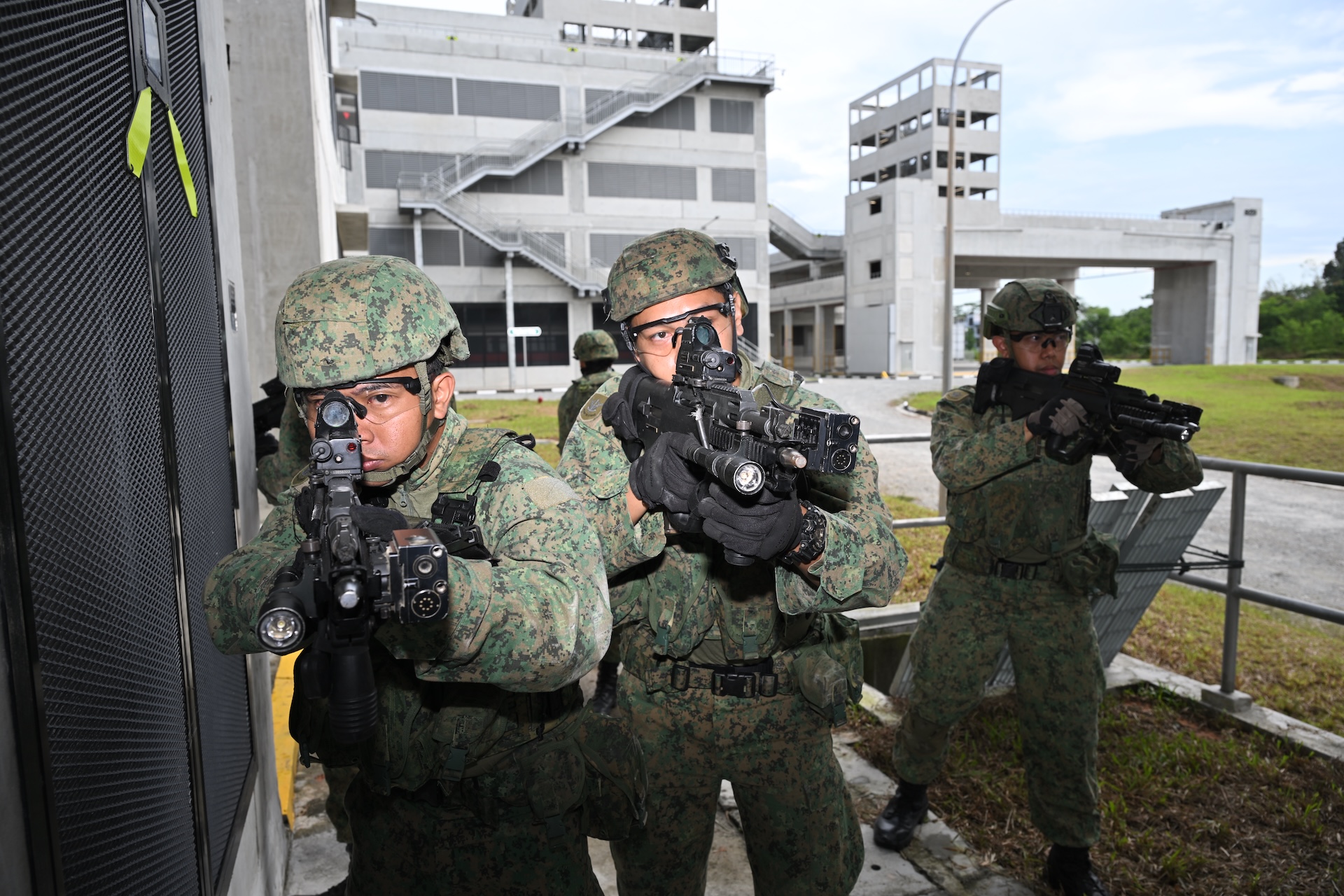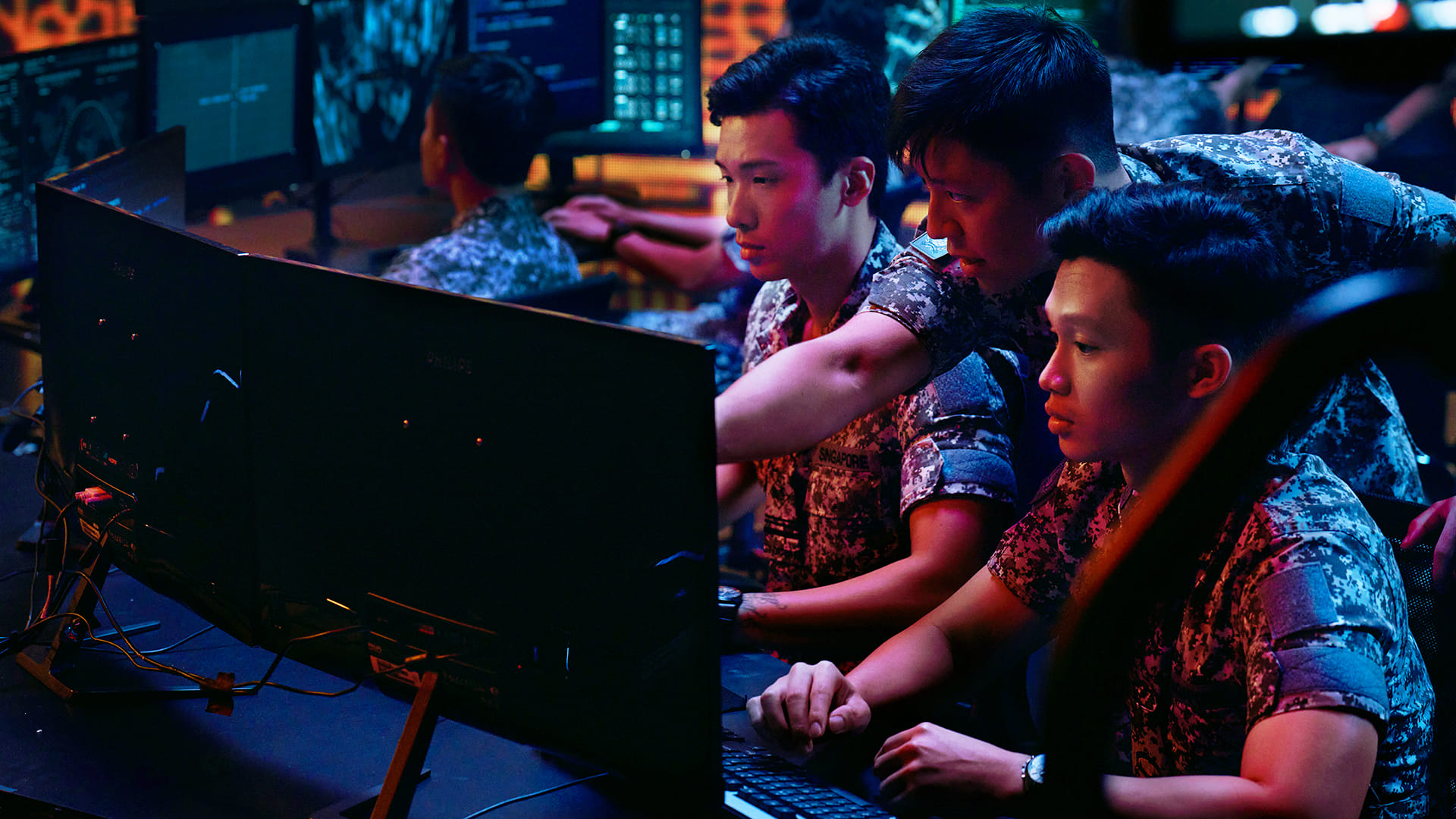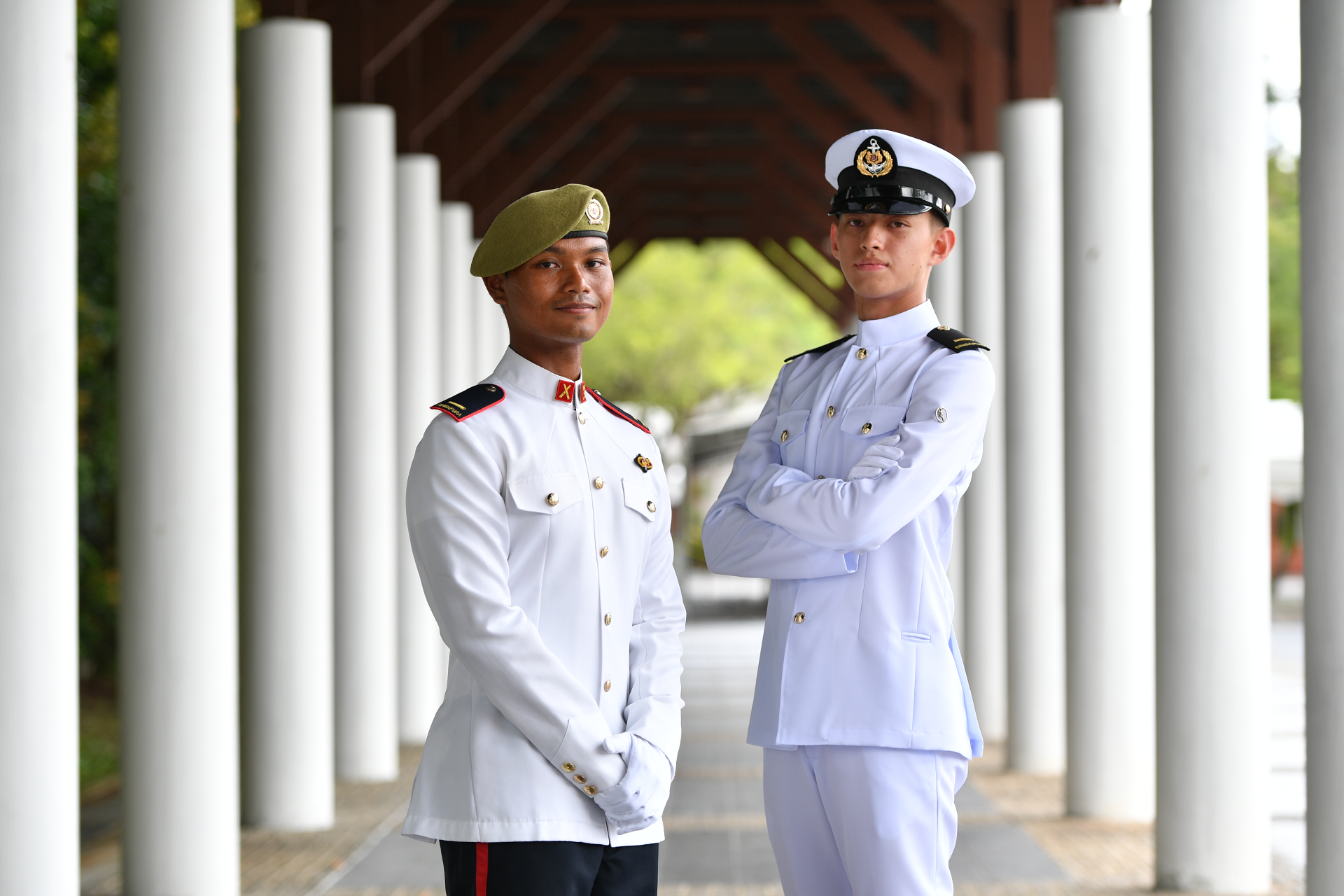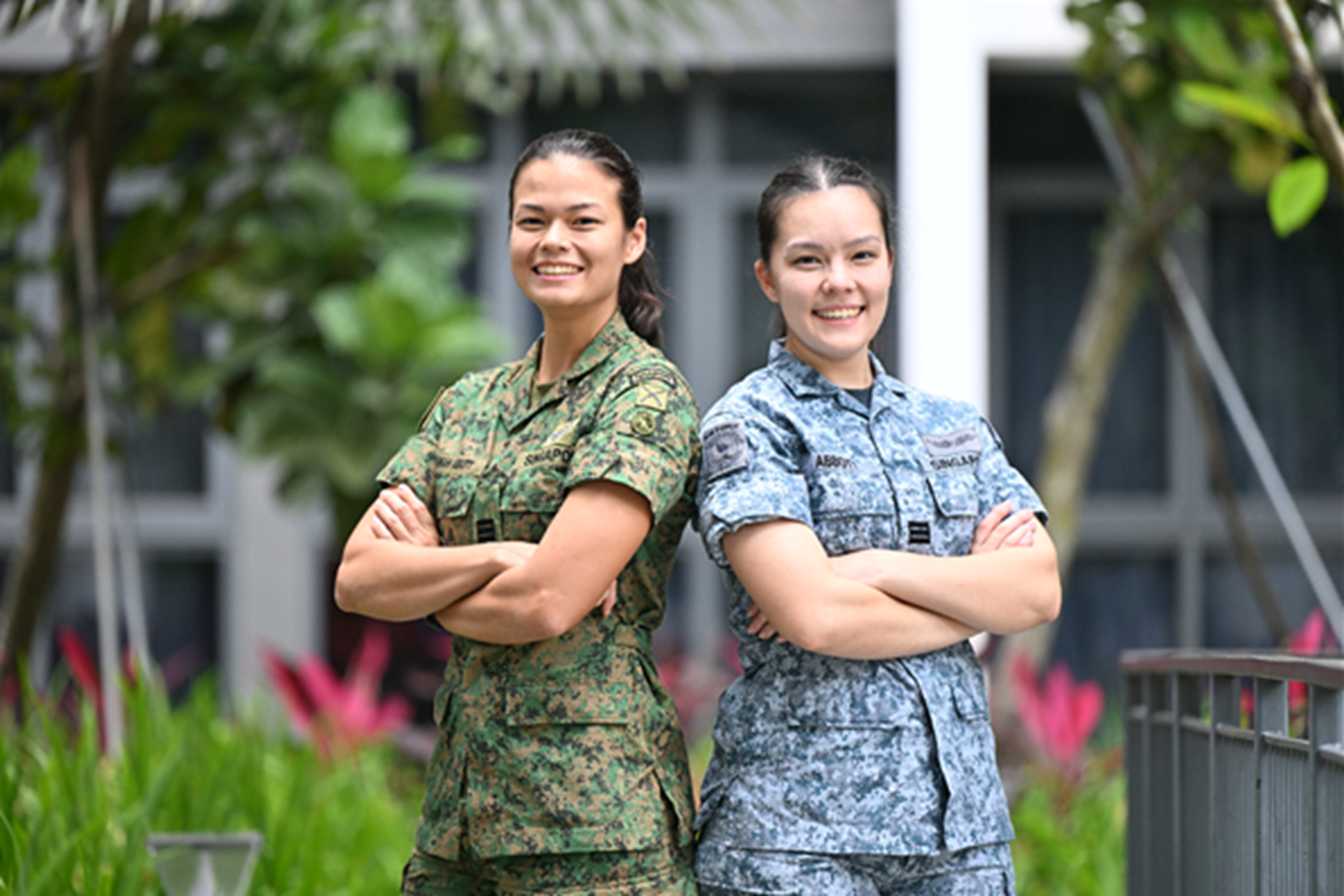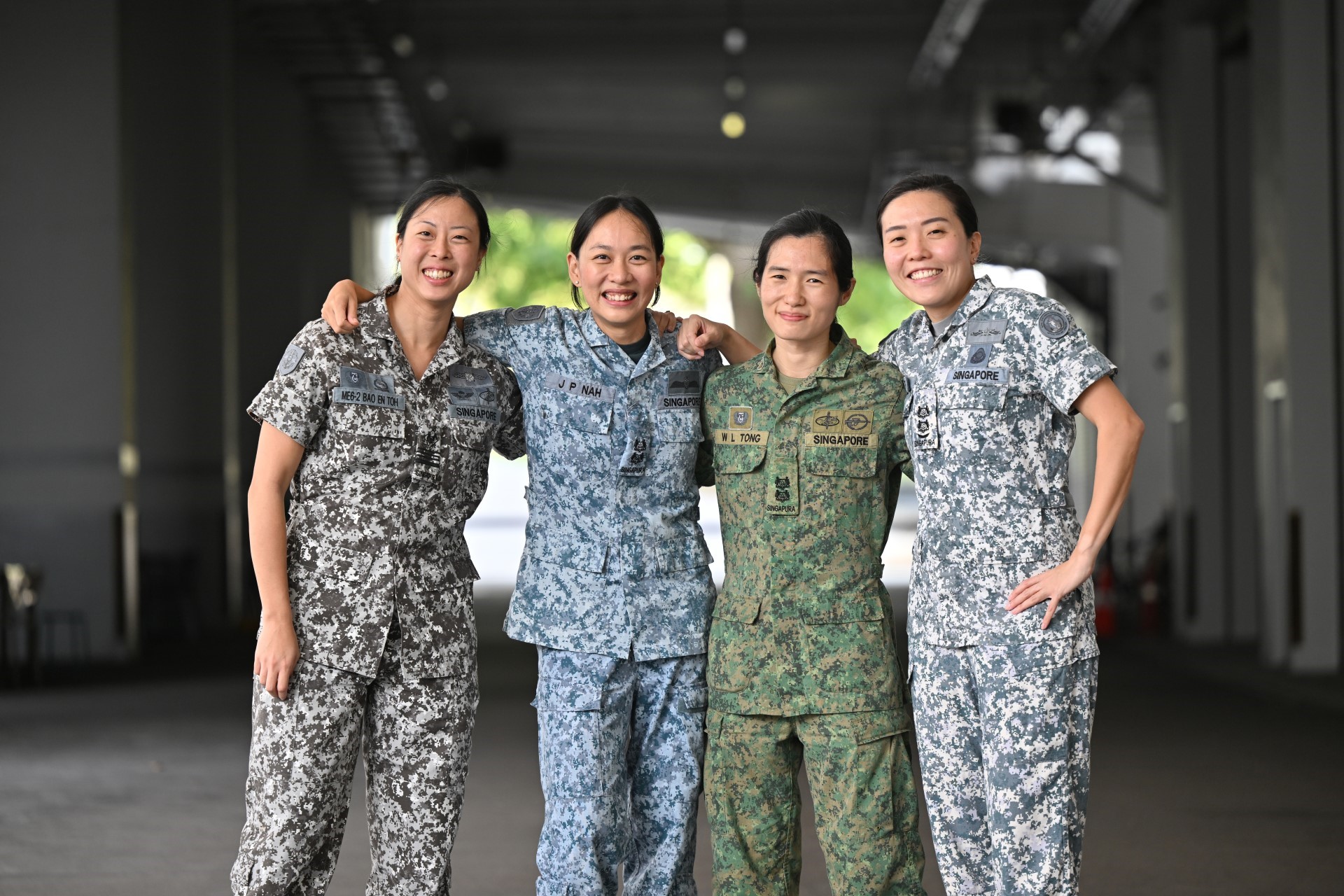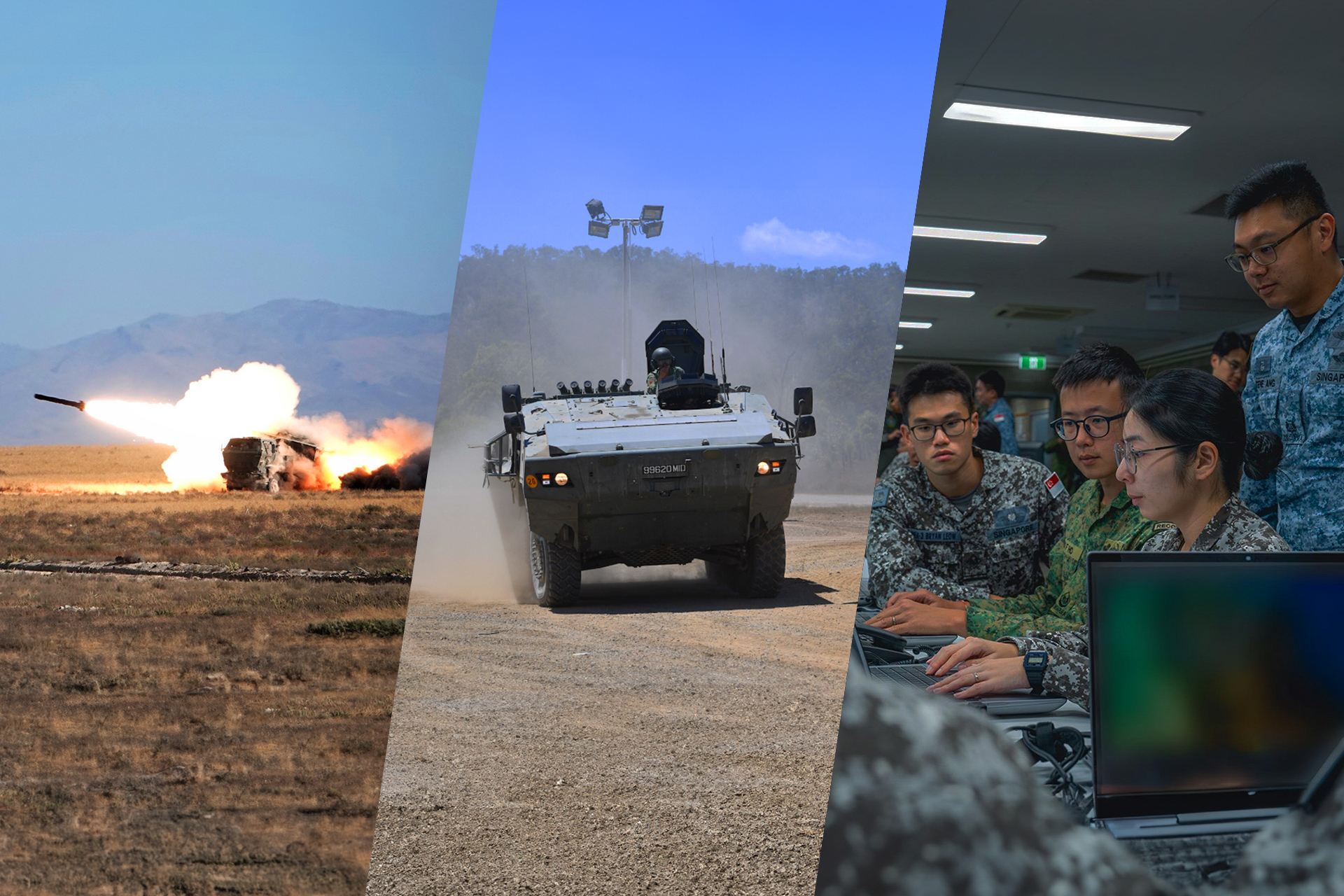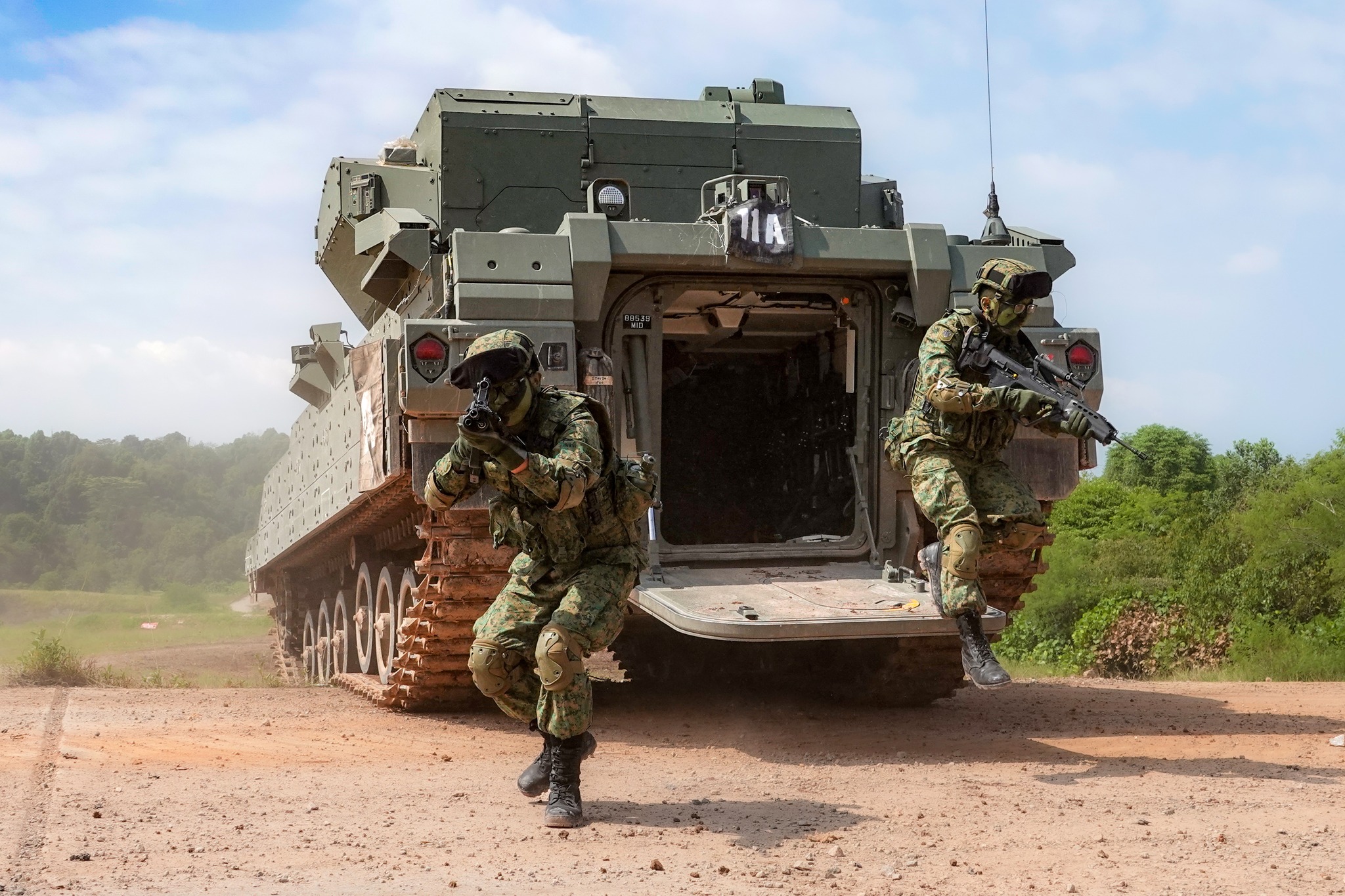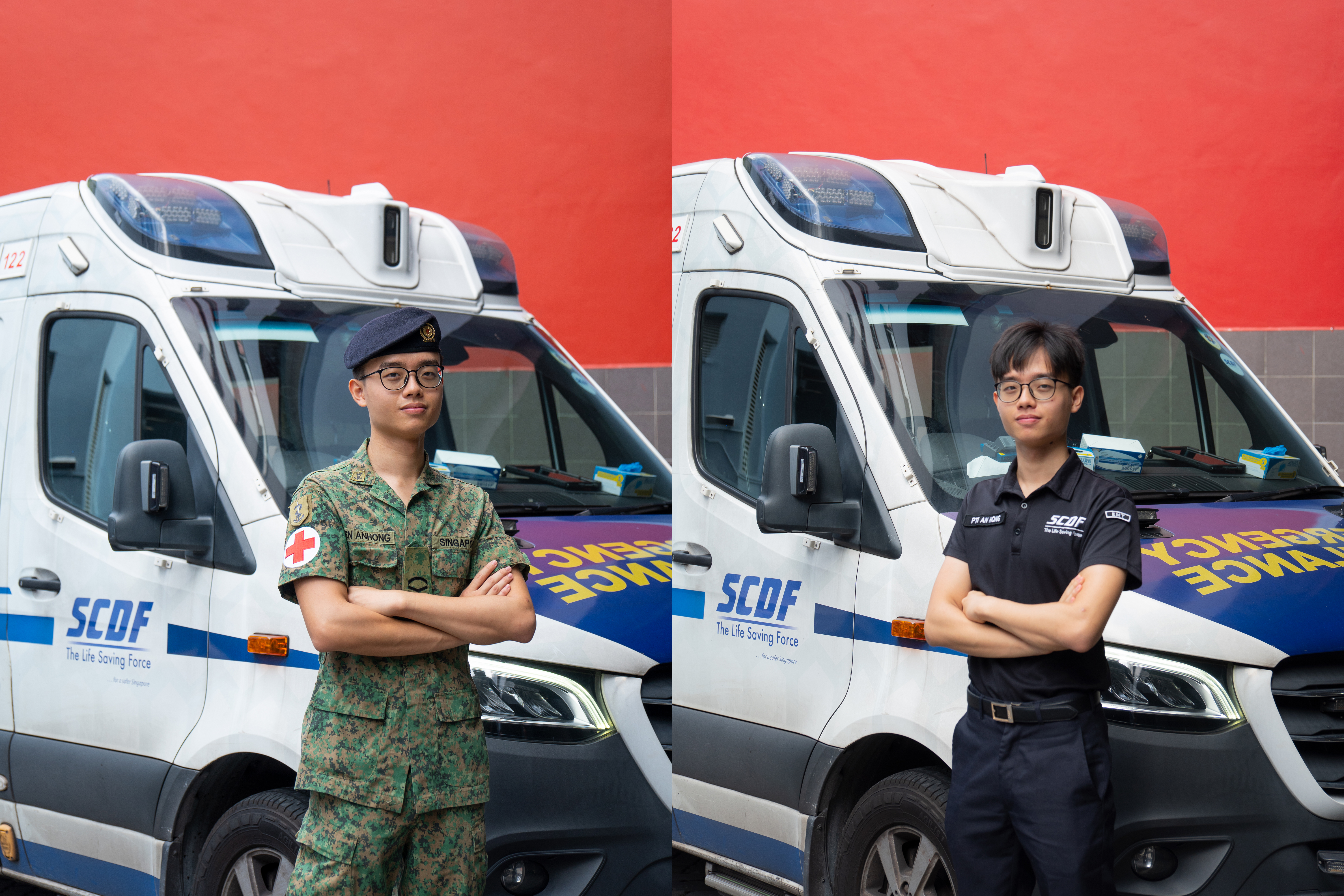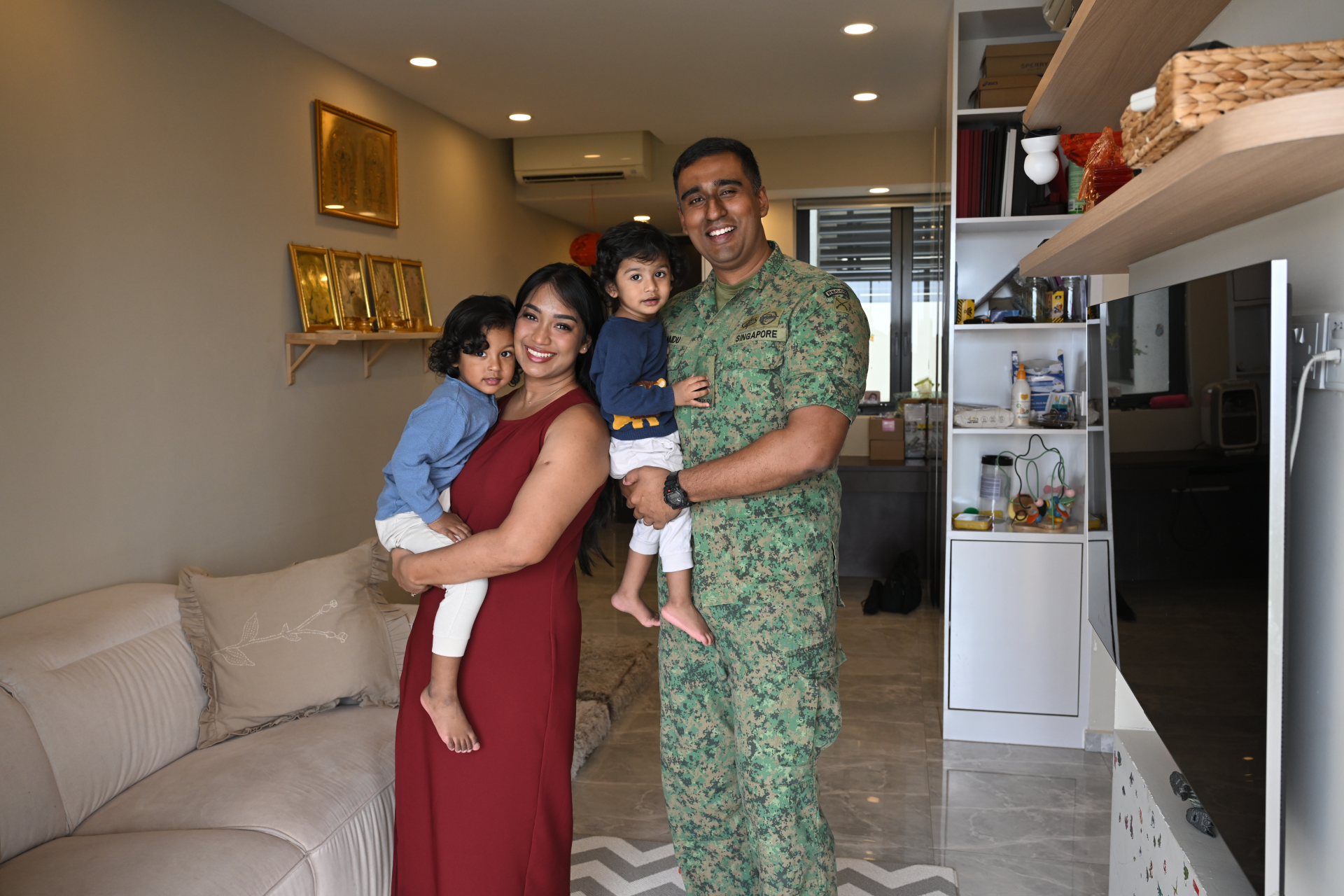INCREASING PROFICIENCY TRAINING FOR NSMEN'S ATEC
PHOTO // Chua Soon Lye
In-Camp Training (ICT) is never a walk in the park, but for the soldiers of 732nd Battalion, Singapore Infantry Regiment (732 SIR), this year's stint was especially challenging because they were put through their paces in the first stage of their Army Training Evaluation Centre (ATEC) evaluation.
Like school examinations at the end of the year, the rigorous ATEC evaluation tests and assesses the combat proficiency and operational standards of a unit. This helps to ensure that every unit's operational readiness is maintained, and fighting capabilities are kept sharp to deal with potential threats.
In Stage 1 of ATEC's two-stage evaluation, one of the platoons will go through evaluation during a platoon mission exercise. However, the ATEC Stage 1 for National Service (NS) battalions has recently been fine-tuned. They now train up to Company level proficiency, and include platforms from other combat and combat support units.
As the pioneer NS Battalion to undergo the revised ATEC Stage 1 evaluation during their two-week ICT in mid-January, 732 SIR embarked on a focused training programme to ramp up their proficiency at the company level.
Speaking to cyberpioneer during a preparatory training exercise on 27 Jan, Commanding Officer 732 SIR, Major (MAJ) (NS) Mark Tan explained: "Instead of learning all the drills and procedures and then being tested on everything at the end of the two weeks, it's a lot more modular now.
"For example, after focusing on their basic and individual skills training during the first week, we tested and evaluated the men straight away. We then close the chapter on this training, so that when it comes to the second week, we can concentrate on conducting company level exercises."
"For commanders, the real challenge is in preparing the battalion's readiness as quickly as possible within a short span of two weeks after a year of civilian life," he added. "I think this change to the ATEC Stage 1 training will help to better maximise our limited ICT time, to bring the battalion up to speed and enhance our readiness and cohesion."
Sophisticated simulation systems such as the Infantry Gunnery and Tactical Simulator (IGTS) were also utilised for commanders to hone their battlefield planning and coordination skills, as well as for soldiers to sharpen their individual gunnery skills, before proceeding to field exercises at the Murai Urban Training Facility (MUTF).Equipped with a full suite of sensors, the MUTF not only provides a realistic operating environment for soldiers to put their skills into practice in an urban setting, but also tracks and monitors the movements and actions of troops throughout the facility. "Besides verbal feedback from the umpires who are evaluating them, commanders can now have a full view of their unit's performance through the live video feed and data captured, to see the effects of artillery fire or support arms and promptly review all the events that occurred," said Brigadier-General Ishak bin Ismail, Commander 6th Division. "The addition of combined arms elements, such as the Trailblazer (a mine-clearing vehicle) from the Engineers, also heightens training realism, and allows the soldier on the ground to better understand the big picture, and see how the timeliness and effectiveness of their actions affects that of other forces." While the involvement of combat engineers in 732 SIR's ICT is a start, future training for NSmen will witness the participation of other arms such as Armour and Artillery. This view was shared by Lieutenant (LTA) Adam Assik, Officer Commanding of Charlie Company, an NSman from 732 SIR. "It's been a good learning experience. Urban operations is something that men find more realistic and are able to relate to the current happenings in countries like Afghanistan," he added."Besides being exposed to the conventional way of fighting in jungles, we now have a wider spectrum of operations that we can handle, so that we remain a flexible force that can be called upon any time."
